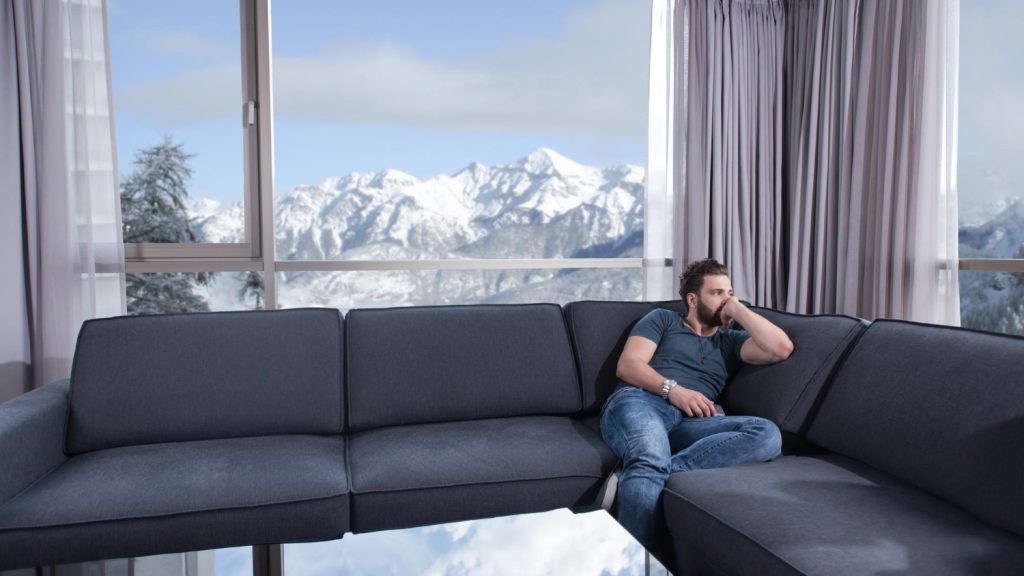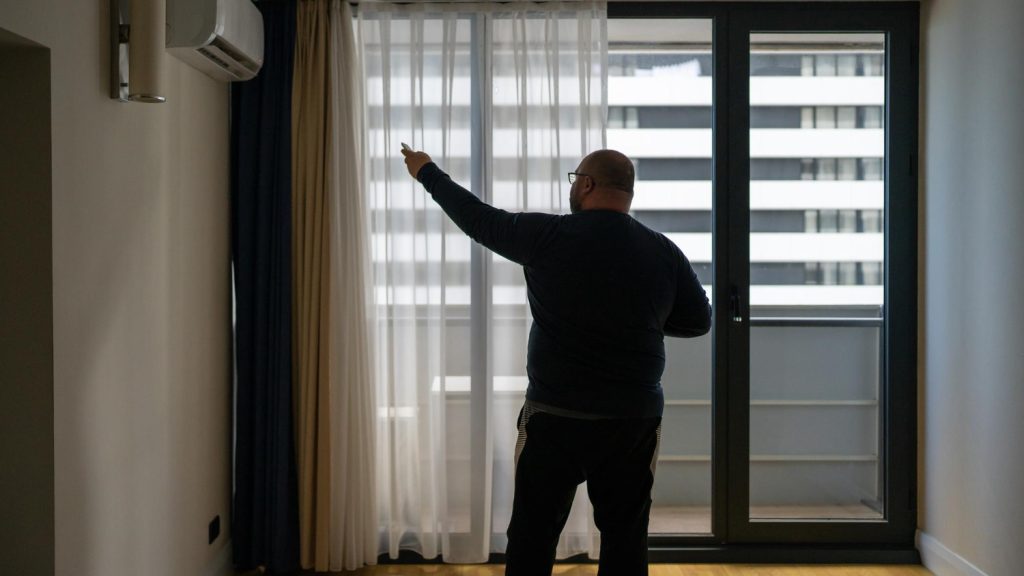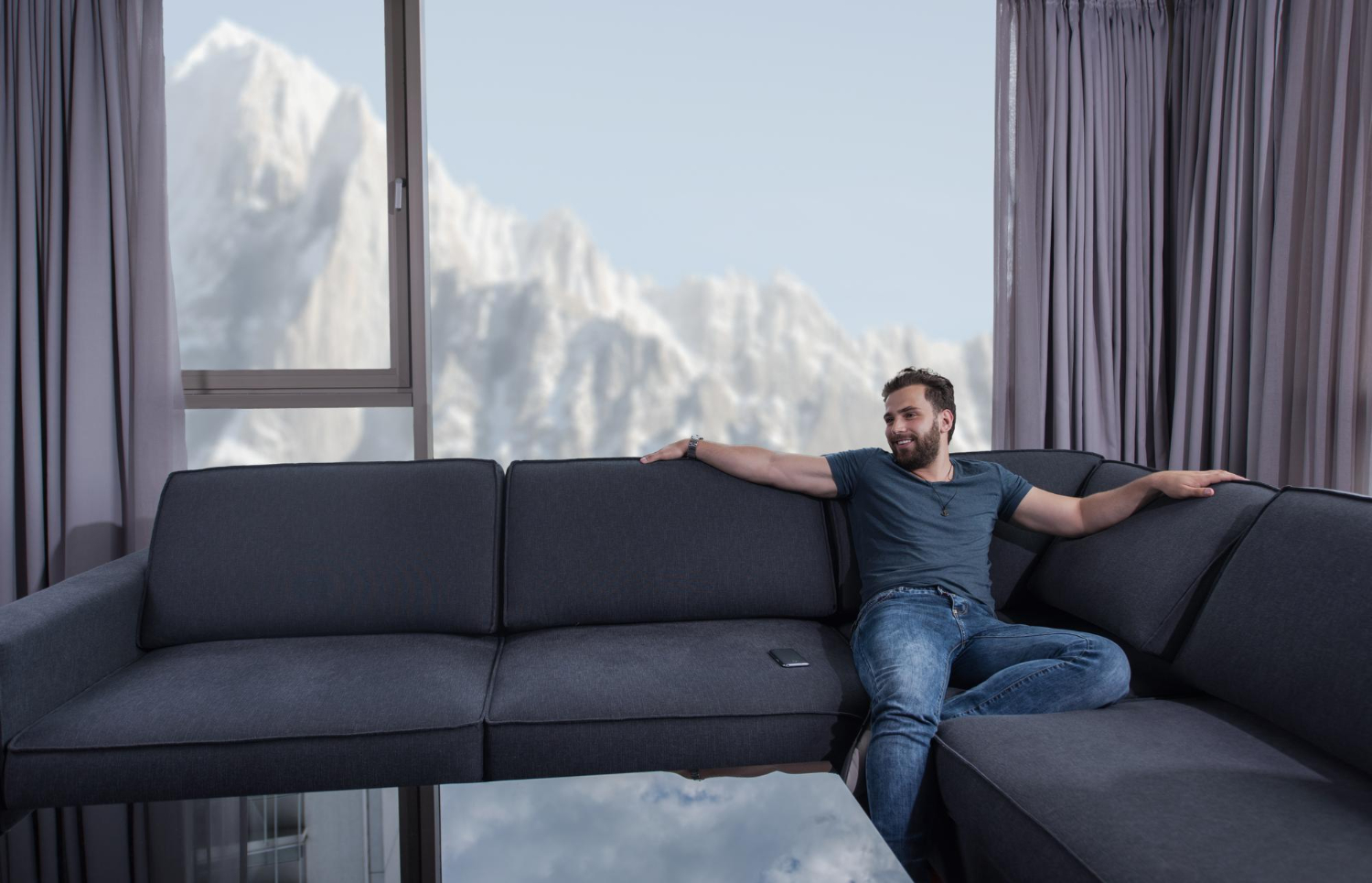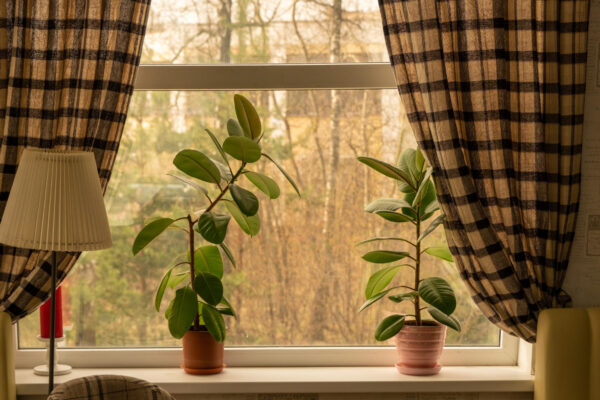Thermal Curtains: Benefits, Uses, and Buying Tips
Table of Contents
- 1 What is a thermal curtain?
- 2 How does a thermal curtain work?
- 3 One curtain, equally effective in both seasons
- 4 How effective are curtains as thermal insulation?
- 5 Thermal curtain options available in the market
- 6 Tips for choosing the right thermal curtains for every room
- 7 Other things to consider when choosing a thermal curtain
- 8 How Thermal Curtains Help Reduce Carbon Emissions
What is a thermal curtain?
You may have heard the term, but you’re not entirely sure what it is or how it works. A unique feature of thermal curtains is that they insulate the outside temperature that enters through a window or balcony. Of course, they still provide aesthetic value and keep out sunlight and prying eyes.
In this article, we will discuss in detail what exactly they are, their functionality, and how they work. By the end of the article, you will have enough information to decide whether they should be a part of your home or not.

How does a thermal curtain work?
When it comes to thermally controlled curtains, the first thing that comes to mind is the comfort of the room – warmth in winter and comforting coolness in summer. But its effectiveness does not stop there. Good quality insulated curtains not only control the temperature, but also improve the environment of the room in many ways.
These types of curtains are not as light or single-layered as regular curtains. Most thermal-insulating curtains are made up of three layers, each layer performing a specific function, which together create a strong thermal and sound barrier.
The outermost layer is in a design or colour that matches your home. It is usually made of fabrics like cotton, polyester, linen, or silk that are not only visually appealing but also comfortable to touch. In the middle is a thicker layer, which uses materials like cotton, felt, foam, or flannel. This part acts as the primary thermal insulation. The innermost layer acts as a protection layer to prevent the inner layer from being damaged by the sun’s heat. It is often made of vinyl or reflective fabric and also acts as a vapour barrier.
Another great thing is that these fabrics are thick and heavy, and can retain heat even when folded. Surprisingly, although their primary function is not to block noise, they do reduce street noise or outside noise to some extent. So, for those whose houses are next to a main road, it acts as an added benefit.
In short, thermal curtains are not just a piece of cloth hanging on a window; they are a small but powerful control over the temperature, atmosphere, and peace of a room.

One curtain, equally effective in both seasons
Many people don’t know that thermal curtains not only keep the house warm in the winter, but also help keep the house cool in the summer. Their primary function is to insulate the house from the outside temperature, meaning that neither heat nor cold can easily penetrate inside.
In the hot summer sun, this curtain reflects the sun’s heat, preventing excess heat from entering the house. In the winter, it works the other way around, preventing heat from escaping from the house. This keeps the house warm for a long time and reduces dependence on the heating system, thus saving electricity.
If we judge by the price, the energy savings that these curtains offer are much more beneficial than the cost in the long run. That is, with a single investment, your home will be comfortable in both hot and cold seasons.
Additionally, many people don’t want to use a full thermal curtain for aesthetic reasons. In that case, they can opt for a “thermal lining” as an alternative. This is a separate layer that can be added and removed in the winter or summer as needed. This gives you the same thermal insulation benefits, but with the added control you want.

How effective are curtains as thermal insulation?
When chosen correctly, thermal curtains play an important role in controlling the temperature in a room. They keep your home warm in winter and block extra heat from coming in during summer. As a result, your home remains comfortable all year round and saves on energy bills.
According to experts, using good-quality thermal curtains:
- You can cut heat loss in winter by about 25–30%
- Excessive heat in summer is reduced in that proportion
- Less electricity is used to keep the house cool or warm
However, to get the most out of these curtains, it is important to keep a few things in mind:
- The curtains should cover the window entirely and be slightly longer than the window.
- Ensure proper insulation by hanging close to the frame
- It is better to choose a thick and multi-layered fabric.
- It is more effective to keep them closed during the hottest part of the day or the coldest part of the night.
By following these simple tips, you will get the most out of thermal curtains, seamlessly and affordably.

Thermal curtain options available in the market
Many different types of curtains help control heat. Each type has its characteristics, depending on the needs and practical benefits of your home:
- Classic Thermal Curtains: These curtains allow light to enter, but at the same time provide some protection from both cold and heat. Perfect for those who want daylight and insulation.
- Blackout Thermal Curtain: In addition to thermal insulation, it completely blocks out light. It is very effective in maintaining privacy and controlling room temperature.
- Curtains with thermal liners: These add an extra layer of insulating fabric or material to regular curtains, thereby increasing the insulation.
- Cell curtains: These types of curtains have small air-filled cells that help regulate temperature. They are usually preferred by users who love modern design.
- Reflective Curtains: The reflective satin or metallic coating of the curtains reflects heat out in the summer and keeps it in in the winter.
- Velvet Curtains: Made of heavy and dense fabric, they act as additional heat insulators. At the same time, they also create a royal, soft atmosphere in the room.
The right curtains improve your home’s comfort, privacy, and energy efficiency. So it is wise to choose the right type of insulating curtains according to your needs.

Tips for choosing the right thermal curtains for every room
When purchasing a thermal curtain, it is important to consider not only the design but also the room’s use, location, and specific needs. Below are some important tips:
For protection from intense sunlight:
Use blackout or reflective curtains on south-facing windows or rooms that receive direct sunlight. These reflect the sun’s heat and help keep the room cool.
Insulation for cold rooms:
In rooms that are often cold, it is beneficial to use cell curtains or curtains with thermal liners. These provide extra insulation and retain warmth on chilly days.
If you want to reduce your electricity bill:
If you want to reduce your reliance on heat and AC, use high-performance thermal curtains. They help save a lot of energy.
Seek expert advice:
If you are not sure which curtains to use in which room, ask an experienced person for advice. This will make it easier to make the right decision and will benefit you in the long run.
Other things to consider when choosing a thermal curtain
Not only considering the location of the room or the season, some other important aspects need to be kept in mind when selecting thermal curtains:
Style and aesthetics:
- To maintain the beauty of your home, choose curtains that match the décor. Thick and dense fabrics not only add elegance to your home but also help save energy by retaining heat.
- Size:
- The right size of curtains is very important. Use curtains that are large enough to completely cover the window or door, so that cold or hot air from outside cannot enter.
- Ease of maintenance:
- Choose curtains made from easy-to-clean materials, because regular care keeps them effective for years.
Best solution:
The best approach is to customize thermal curtains to suit your specific needs. A professional can help you choose the right curtain type, material, colour, and design based on your home’s conditions, so you get both functional benefits and style.
How Thermal Curtains Help Reduce Carbon Emissions
Thermal curtains not only make a home more comfortable, but they also act as an environmentally friendly decision. When less energy is used to cool or heat a home, the greenhouse gas emissions associated with electricity generation are also reduced.
This not only reduces your utility bill, but also reduces the global carbon footprint. In this way, thermal curtains play a small but important role in protecting the environment. They can be part of a sustainable change in our lives.
Where to buy thermal curtains? Get the right solution at Al Baraka Curtains.
You’re in the right place if you want thermal curtains that keep your home warm in winter and cool in summer. At Al Baraka Curtains, we offer a wide range of insulated and thermal curtains that will help protect your home from extreme temperatures outside.
Our thermal curtains are not only effective, but also easy to clean and maintain. By following the instructions provided with each curtain, you can enjoy a spotless product all year round.
From home curtains to specialized insulation solutions, we have over 20 years of experience in the home textile sector. Our products are designed so that you can easily install them yourself without any additional labour or expertise.
Contact us today or visit our showroom to find the perfect thermal curtain for your home.
Author






